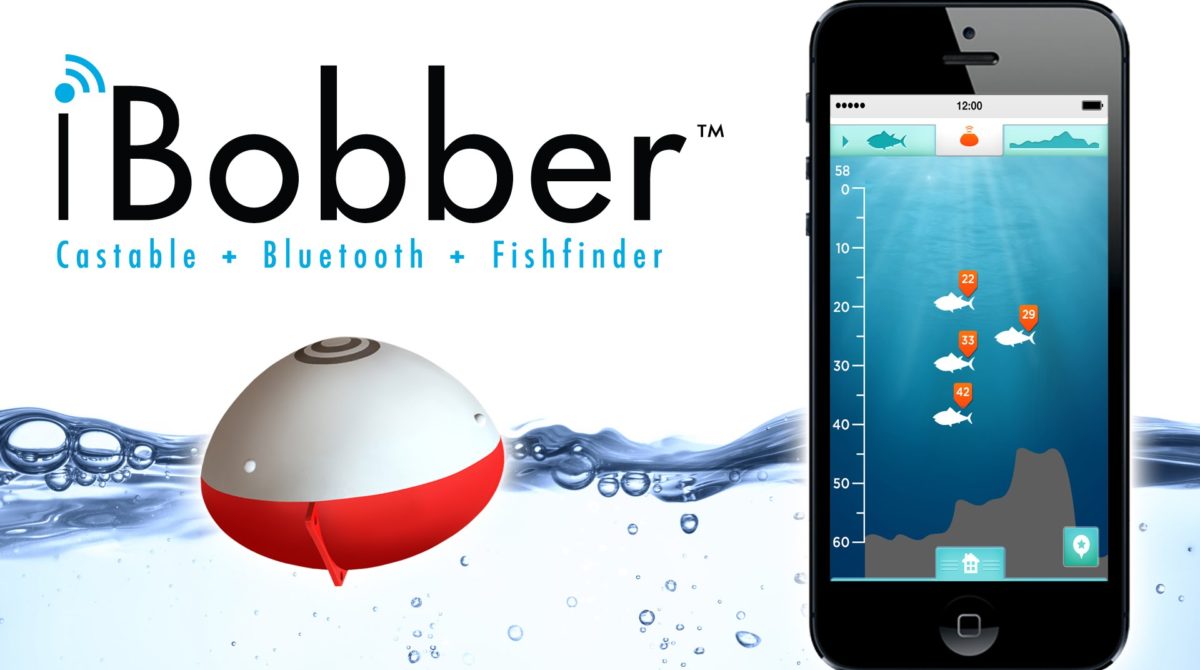In theory, FISH FINDER are designed to locate fish wherever you may go on the water. While they do locate fish, they also find whatever else may be in the water. The key is to be able to tell the difference. A good quality system gives you a sharp enough image that you can tell the fish from all of the other things that may be floating under or near your boat.
Fish finders produce sound waves, known as sonar, which stands for SOund NAvigation and Ranging. Sonar was originally developed by the military, during World War II, to detect enemy submarines under water. Sonar consists of a transducer, transmitter, receiver and a display screen.
As with all sonar, fish finders use an electrical signal produced by the transmitter and converted by the transducer into sound waves which are then sent into the water. The sound waves bounce off of objects in the water, including fish, and return to the transducer. The transducer sends the signals to the receiver which interprets the signals and sends an image to the display.
The transducer part of the unit is mounted on the side or through the bottom of the boat and remains in the water below the boat. The display is mounted in a convenient location inside the boat. Some models now have wireless components that allow for remote use and greater flexibility.
Sound travels through water at a constant speed of about 4800 feet per second. By measuring the time it takes for a sound wave to be sent and returned, the system can create a “map” of the bottom of the water which shows the contours of the riverbed or ocean floor and the depth of the water. Likewise, by measuring the time of sound wave returns, you can locate fish and other objects in the water.
Fish finders are available in a wide range of power levels, sizes, shapes and prices. The power level is determined by the operating frequency, which varies from about 50 Khz to 200 Khz and the cone angle. which ranges from about 60 to 120 degrees. Some models offer a combination of frequencies and cone angles for use in shallow and deep water.
Equipment display screens come in low and high resolution models as well as some that are easier to see in direct sunlight. Some systems are even available with color displays while some come only with a black and white screen.
Some more expensive models include integrated electronics. These features may include GPS direction finding which can be useful for returning to a particularly good fishing location. Other features may include a chart plotter and a thermometer for telling you the water temperature which can help with catching certain kinds of fish.
Fish finders come with a variety of features and at various prices and can offer a more accurate and enjoyable fishing experience. If you just want to spend time outdoors on the water, then a product like this really is not necessary. On the other hand, if your goal is to catch more fish, a fish finder can make all of the difference.
